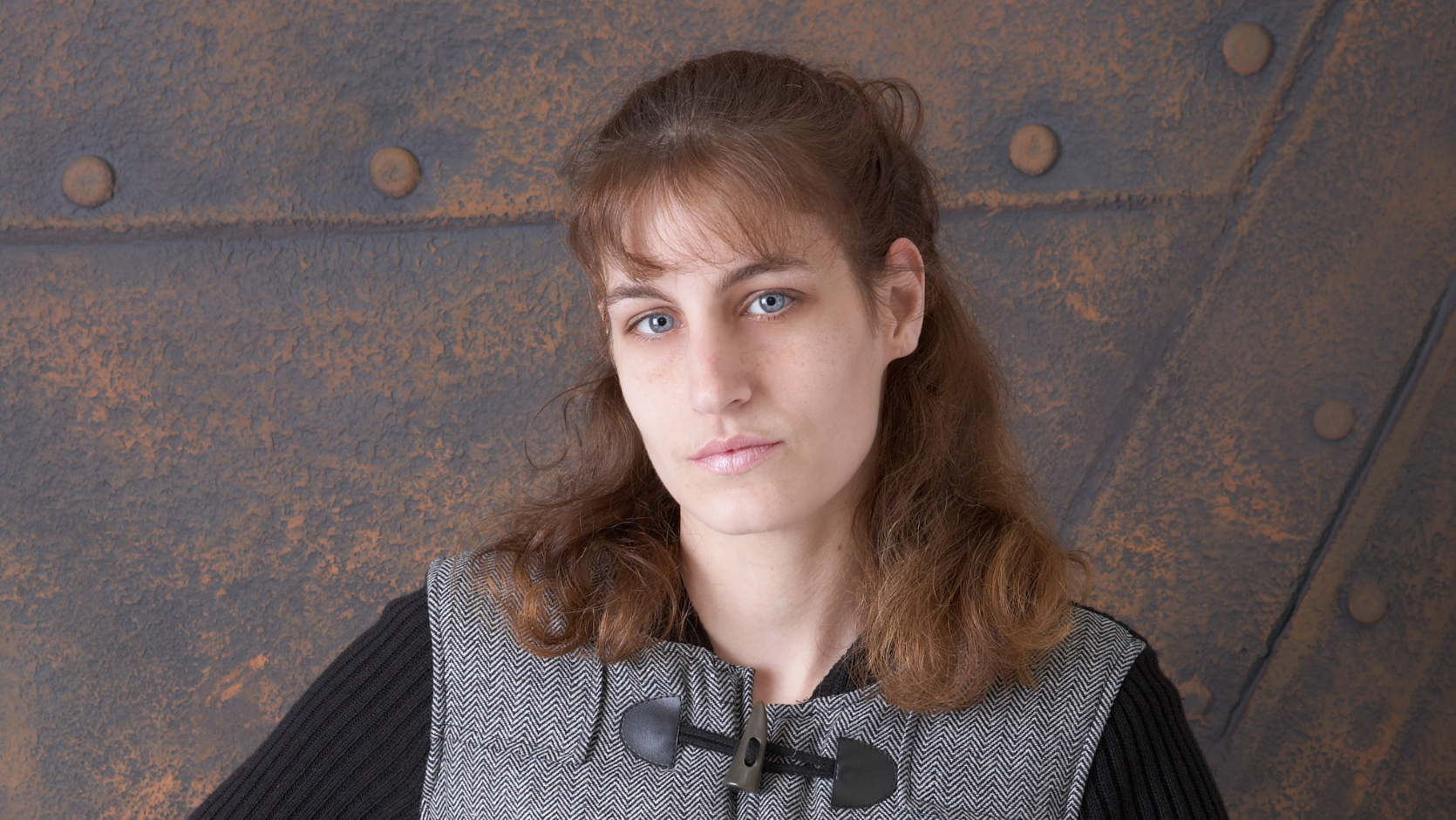The Facts
Same-sex couple undergoes successful IVF procedure
A case heard in the Family Court centred on a dispute between two women who were in a same-sex relationship and had a child through IVF.
The women commenced a de facto relationship in 2004, sharing a residence for the following seven years.
In July 2011, one of the women underwent a successful IVF procedure. The donor of the egg for this procedure was the other woman.
However, the relationship was a tumultuous one. On 21 March 2011, prior to the IVF procedure, the woman who was to be the donor moved out of the residence that the women had shared.
Did the relationship end when one of the women moved out?
According to the woman who underwent the IVF procedure, the de facto relationship ended at the point when her partner moved out.
However, the egg donor claimed that the de facto relationship between them continued for some months after she had moved out and that it still existed at the time of the IVF procedure.
Importance of de facto status at time of IVF procedure
Whether the women were in a de facto relationship at the time of the IVF procedure was the key question that the court had to answer. If the de facto relationship still existed, the egg donor was a “parent” of the child in the eyes of the law.
This would have significant legal implications for all parties and would be considered when the court determined an appropriate parenting plan for the child.
The birth mother of the child strongly opposed this interpretation.














Expert commentary on the court's decision
Who is a “parent” under Australian law?
In the case Crisp & Clarence [2015] FamCA 964, the court had to consider section 60H of the Family Law Act 1975, which sets out the position of children born as a result of artificial conception procedures.
Under this legislation, the married or de facto partner of a woman who has a child as a result of an artificial conception procedure is defined to be “the other intended parent” of the child, as long as both the woman and the other intended parent consented to the procedure being carried out.
There was no dispute that both women had agreed to the IVF procedure. Therefore, whether the egg donor was to be considered a “parent” of the child depended on whether or not the women were in a de facto relationship at the time of the child’s conception.
What is a de facto relationship?
De facto relationships are defined under section 4AA of the Family Law Act.
Two people are in a de facto relationship if they are not legally married, not related by family and have “a relationship as a couple living together on a genuine domestic basis”.
Determining whether the last criterion is satisfied involves considering a number of factors:
Importantly, no single factor on this list is decisive or mandatory in determining whether a de facto relationship exists. Instead, the court’s decision will depend on an assessment of all of the circumstances of the relationship, each to be given the weight the court thinks appropriate.
According to the legislation, a de facto relationship can be between two people of different sexes or the same sex. Further complexity is added by the fact that a de facto relationship can exist even if one of the people is married to someone else or in another de facto relationship.
Court finds that de facto relationship existed
After balancing the competing accounts of events, the court took the view that the women were indeed in a de facto relationship at the time of the IVF procedure and therefore the egg donor was a parent of the child.
The fact that she had moved out of the residence that the two women had shared was not sufficient to prove that the de facto relationship had ended.
In the words of the judge: “The notion of separation is clearly something more than a physical separation. It must be the irreconcilable breakdown of their personal and domestic relationship.”
The birth mother subsequently appealed the decision, in the case Clarence & Crisp [2016] FamCAFC 157.
She lost the appeal and was ordered to pay the other woman’s costs.